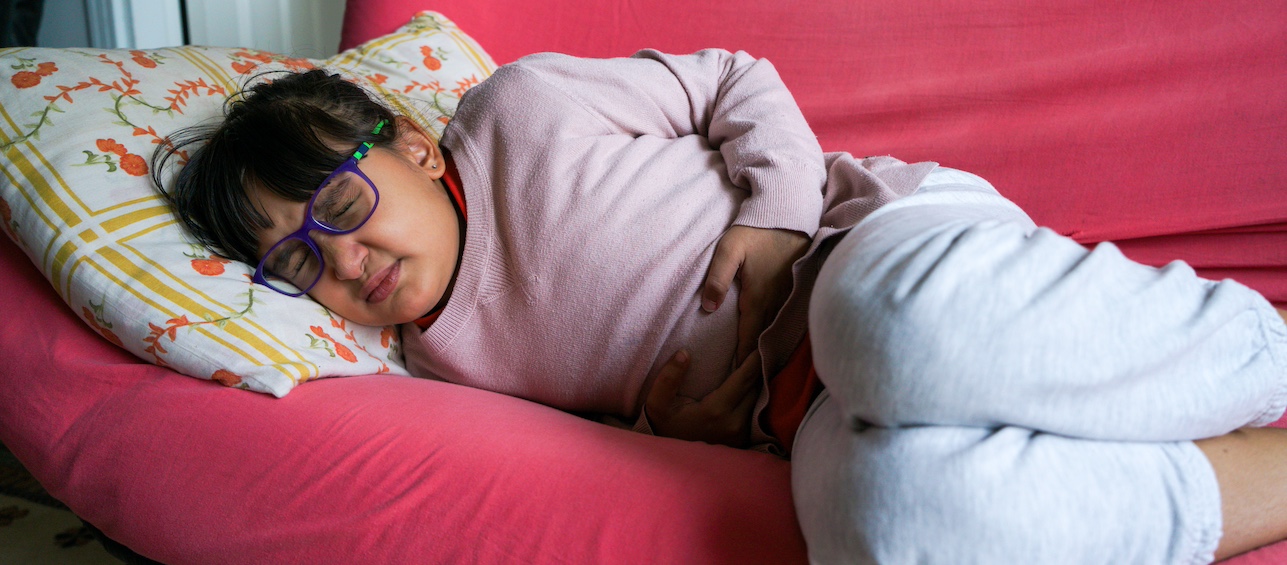We’re in troubled times.
Parents are frightened and upset. Children are scared. Doctors are seeing record numbers of patients. Stories of H1N1 fill the news every day.

And while this flu virus is different, it’s nothing to panic about.
Early uncomplicated illness can be managed at home, just like the regular, seasonal flu. Parents should keep in touch with their primary doctor and, of course, get to the doctor’s office or emergency room if the illness lingers or warning signs develop.
Yet that message of calm and concern gets lost. In the midst of stories about body counts and full intensive care units, the rush to the emergency rooms is on. The news media and the Internet chat rooms contribute to the overload with negative imagery and false information. Anti-vaccine forces are contributing to this mess.
One result, so far, has been overcrowded emergency rooms and overloaded health care systems. At Cincinnati Children’s, one day recently we saw more than 700 at our emergency and urgent care centers. That’s well above average. Already this year, we’ve seen 48 percent more children in the ER than we did last year.
A waiting room full of sick and injured children is not a place for someone with a mild case of anything. It’s not entirely tongue-in-cheek to say, “If your child doesn’t have the flu before they get to the emergency room, they will after a 3-hour wait.”

Even if we determine your child has a touch of the flu – there’s not much we can do. Bed rest and plenty of fluids are the proper course of action. And, of course, attentive parents to get children the care they need if things get worse. (If they do, make a beeline for the closest ER.) Testing children for the flu won’t help. The treatment won’t change with a specific diagnosis.
You’ll know if it’s time to come in when your child is:
- Breathing fast or has trouble breathing
- Turning blue
- Not drinking enough fluids
- Not waking up or not interacting
- Being so irritable that the child does not want to be held
- Getting better, but then symptoms return with fever and worse cough
- Feverish with a rash
It’s impossible to know how long or how severe this flu season will be. It’s important to take care to keep yourself and your children safe. Talk with your health care providers for advice. Good information can be found on our Web site or the Web site for the Centers for Disease Control.
Despite reports in the news and in on-line communities (and maybe your very own physical neighborhood or school) now is not a time to panic. It never is. Take care of yourself. Be prepared.
We’re here to help when you need us.




